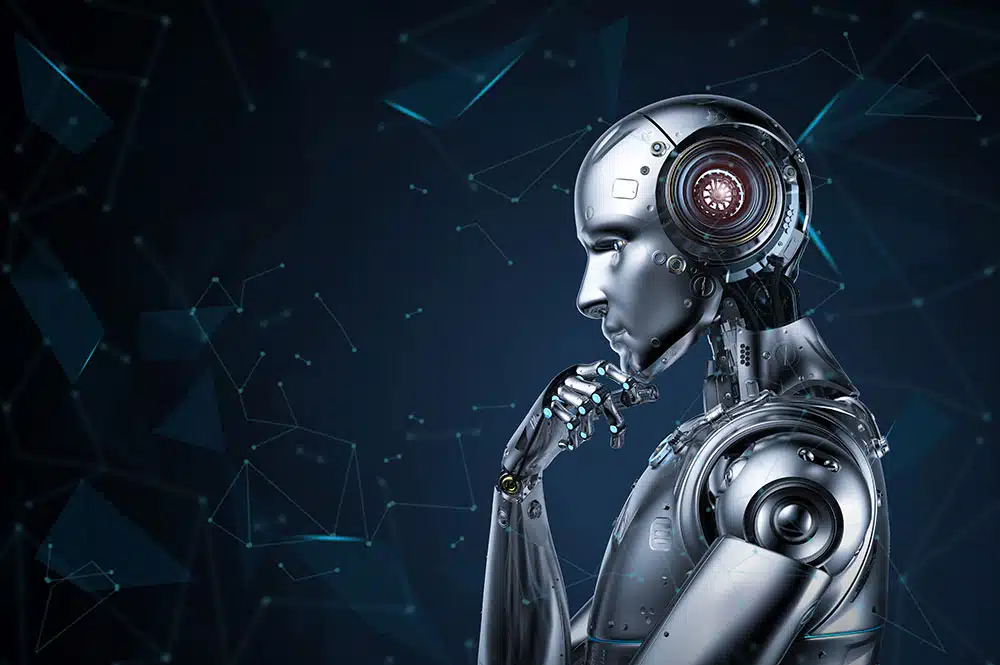The relentless march of Artificial Intelligence (AI) development, characterized by the rapid expansion of its capabilities and its increasing integration across a multitude of industries, unfolds against a backdrop of significant global economic anxieties. Discussions surrounding the crucial imperative of AI safety are now inextricably intertwined with concerns about macroeconomic stability, specifically the specter of inflation, the looming threat of potential recessions, and the disruptive impact of ongoing trade wars. This study undertakes a comprehensive analysis of this complex intersection, exploring how economic headwinds influence the discourse and the practical considerations surrounding the safe and responsible deployment of increasingly powerful AI technologies.
The extraordinary advancements in AI capabilities are undeniable. From sophisticated generative models capable of crafting intricate narratives and generating photorealistic imagery to intricate machine learning algorithms that can analyze vast datasets with unprecedented speed and accuracy, the potential of AI to transform industries and reshape human endeavors is immense. The proliferation of specialized AI models, tailored for specific tasks within sectors ranging from healthcare and finance to manufacturing and logistics, underscores the versatility and adaptability of this technology. The ongoing development of more efficient and powerful AI hardware further accelerates this trajectory, promising even more sophisticated applications in the near future.
However, the pursuit of ever-greater AI capabilities cannot occur in a vacuum, particularly amidst a climate of economic uncertainty. Concerns about inflation, driven by supply chain disruptions, geopolitical instability, and robust demand in certain sectors, cast a shadow over investment strategies and resource allocation within the AI development landscape. The potential for economic recession, triggered by factors such as rising interest rates and decreased consumer spending, introduces an element of caution into the widespread adoption of AI, particularly for capital-intensive implementations. Furthermore, the ongoing tensions of global trade wars, characterized by tariffs and protectionist measures, can disrupt supply chains for critical AI components and impact the international collaboration necessary for fostering innovation in this field.
The critical imperative of AI safety gains even greater urgency when viewed through this economic lens. The potential for AI systems to exacerbate existing economic vulnerabilities or to introduce new forms of systemic risk necessitates a rigorous and proactive approach to safety research and implementation. Ensuring the robustness and reliability of AI models in economically sensitive sectors, such as finance and logistics, is paramount to prevent unintended consequences that could amplify economic downturns. Addressing the potential for algorithmic bias to perpetuate or worsen economic inequalities requires careful attention to fairness and equity in AI design and deployment. Moreover, the ethical considerations surrounding job displacement due to AI-driven automation become even more acute during periods of economic hardship, demanding proactive strategies for workforce retraining and social safety nets.
The integration of AI across industries, while holding the promise of increased productivity and economic growth, must also navigate the prevailing economic climate. While AI-powered automation can potentially reduce labor costs and enhance efficiency, the initial investment in AI infrastructure and the potential for job displacement require careful economic planning and consideration. The adoption of AI-driven solutions may be accelerated in sectors facing acute labor shortages or seeking to optimize resource utilization amidst inflationary pressures. Conversely, during periods of recessionary uncertainty, businesses may adopt a more cautious approach to large-scale AI deployments, prioritizing cost-effectiveness and demonstrable returns on investment.
Furthermore, the regulatory landscape surrounding AI development and deployment is also influenced by economic considerations. Governments may be more inclined to implement regulations that promote innovation and economic competitiveness, while also addressing concerns about safety and societal impact. The need to balance fostering AI-driven economic growth with mitigating potential risks, such as job displacement and algorithmic bias, presents a complex policy challenge that is further complicated by the prevailing economic climate.
Navigating this intricate interplay between AI development, safety imperatives, and economic realities requires a holistic and forward-thinking approach. Continued investment in AI safety research, coupled with a deep understanding of the potential economic ramifications of AI deployment, is crucial. Fostering international collaboration on AI safety standards and ethical guidelines can help to mitigate the risks associated with this transformative technology in a globally interconnected economy. Moreover, proactive policy measures aimed at addressing potential job displacement and promoting economic inclusivity in the age of AI are essential for ensuring a just and equitable transition.
Ultimately, the future of AI development and its integration into the global economy will be shaped by our ability to navigate this complex nexus of innovation and responsibility amidst prevailing economic tides. By proactively addressing the safety concerns associated with increasingly capable AI models, while carefully considering the economic implications of their deployment, we can strive to harness the transformative potential of AI to drive sustainable and inclusive economic growth, fostering a future where technological advancement and economic prosperity are mutually reinforcing. The ongoing dialogue and strategic decision-making within this critical intersection will determine the extent to which AI serves as a catalyst for widespread economic benefit and societal progress in an era defined by both technological promise and economic uncertainty



